My Travel Photography and Filmmaking Gear Kit For 2024
My Travel Photography and Filmmaking Gear Kit For 2024
Every few years, I do a full reassessment of my gear to see if what goes, what stays, and what needs upgrading. I prefer to do this all at once instead of impulse upgrading.
I’m quite particular about my gear because it’s what I carry with me for months at a time. It not only has to get the job done, it needs to be something I enjoy owning and using. I don’t cycle through gear that easily. Here’s a look into my world for those interested in gear.
Camera Bags
First off is my LowePro Protactic 450 AW bag that allows me to carry a lot of gear. This was especially useful when I flew around the world for 5 weeks to shoot both photos and videos for Daimler and Mercedes. I had to travel light to shoot fast and lean. This bag allows me to carry multiple cameras, 4 lenses, drone, batteries, light, shotgun microphone, wireless lavalier kit, tripod, softbox, and more. There’s an updated version going for under $200 that’s better, but I haven’t had a need to upgrade.
It’s great for transporting gear, but I generally travel with a lighter kit.
For that reason, I switched to the Wandrd PRVKE 21L. It’s rugged and durable and there’s an expandable compartment on top for all my non-camera gear. This bags travels with me almost everywhere nowadays.
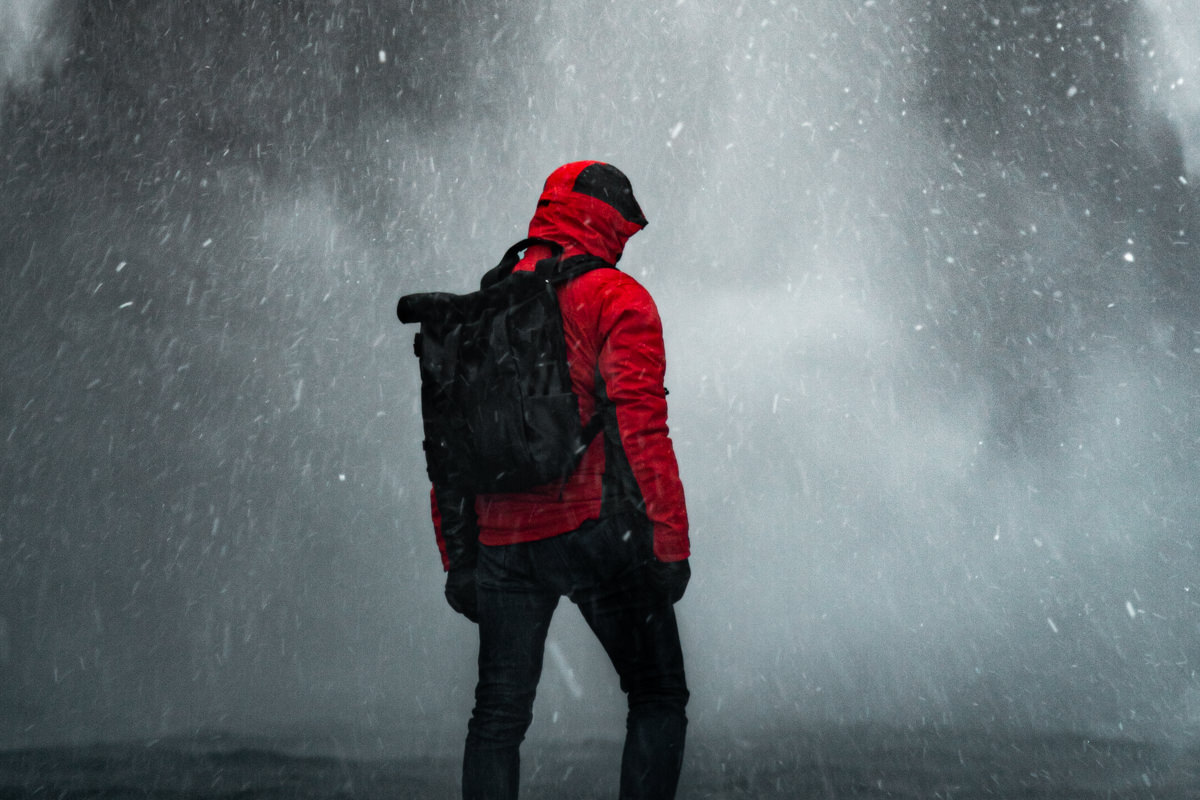
With my Fujifilm system, I’m able to fit a body and 6 lenses (including a telephoto lens) all at less than the total weight before. I usually only travel with 3 lenses, so there’s space for Leica M2 or a GoPro.
There’s also a 31L version if you need to carry more gear, but 21L is enough for me. If I need to bring everything and a drone, I’ll take this backpack out to shoot with me, but I actually travel with a smaller shoulder camera bag.
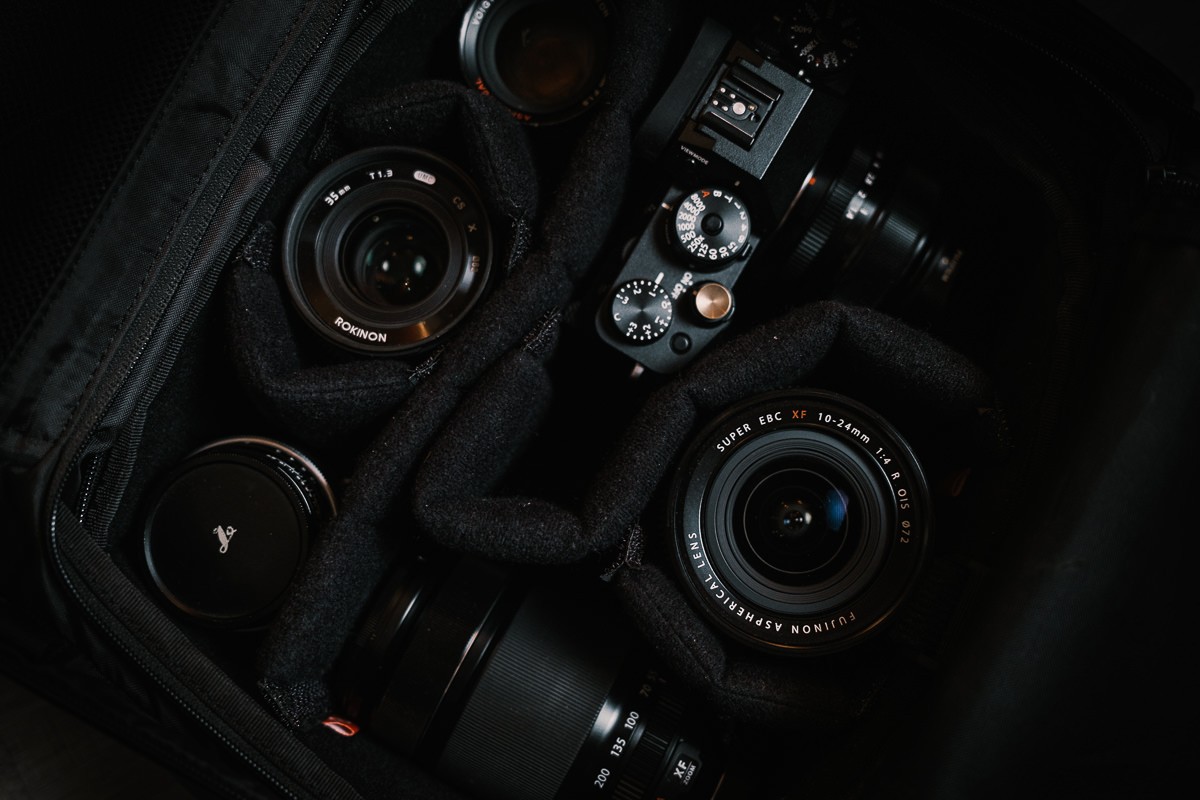
I own two amazing shoulder bags that I prefer to use when going out to shoot. Until recently, my go to daily carry bag was the Ona Bowery waxed canvas bag. It’s a rugged camera bag that allows to retrieve my camera so I don’t have to walk around with it in my hands. Ideally, I go out with just one camera and two lenses, but it can actually carry a camera and 3 lenses.
Recently, I picked up a Grams28 172 Camera Sling. The 172 is an elegant and beautifully crafted full grain leather bag. It’s more like a designer bag disguised as a camera carry. But more than that, it’s one of the most well thought out bag I’ve ever owned on the inside and offers a bit more space than my Bowery. You can read my full review of the bag here.
Camera Bodies
I mainly shoot with the Fujifilm X system. I also carry a pocketable Ricoh GRIIIX and on occasion, I shoot 35mm film with a Leica M2 and a Voigtlander Bessa R3a.
Within Fujifilm, I own three camera bodies that are all capable of incredible image quality, but each body design provides a different shooting experience for me.
Fujifilm X-H2
The 40.2 megapixel Fujifilm X-H2 is my main body. I picked this thing up for $1500 and it might just be the best camera you can get at this price point if a dual photo and video shooter.
It replaced my Fujifilm X-T4, which, itself, a few years ago was a near perfect hybrid camera that delivered beautiful 26 mp files and shot 4k 60 fps 4:2:0 10 bit internally for video.
Even though the X-H2 has APS-C sensor, there’s very little real world difference as far as the resolution and noise compared to full frame sensors.
One of my favorite Fuji-specific feature on the X-H2 is the ease of switching between photo and video, why keeping separate settings. This is huge for hybrid shooting. I can keep a certain color profile for photos with a higher shutter speed while shooting photos and viewing in f-log for video with a low shutter speed to match the frame rate.
The built-in customizable film simulations of the Fujifilm system always me to create recipes that mirror how I would process an image. I can easily send images direct from camera to my phone and share them without any edits.
Since I shoot travel films and videos for brands and companies, it’s important for me to keep up with the industry standards. The camera can shoot up to 8K, but 4K 60 fps 4:2:2 10bit internal is more than what I usually need to deliver high quality footage.
Fujifilm X-Pro2
The 8 year old X-Pro2 is one of the best purchases I’ve made since I started shooting with Fujifilm.
The X-H2 can do everything. And yet, I just enjoy the experience of making photographs with this camera.
Maybe it’s the optical viewfinder or maybe it’s that beautiful shutter sound. No other cameras, outside of the expensive Leica M10 and M11, has sounded better since I’ve started shooting digital. I love the sound and vibration. It feels like each frame is being created one at a time. I don’t mind slowing down and waiting for, as Henri Cartier-Bresson puts it, ‘the decisive moment’.
Ricoh GRIIIx
On a whim, I traded an older camera for the GRIIIx when I wanted a small pocketable camera to keep with me all the time. The Ricoh GR series has always had a cult following, but I never understood the appeal until I held it in my hands.
I see this as a camera purely for point and shoot ‘capturing’. It’s the only camera where I shoot on shutter priority. With the GRIIIx, I worry less about the technical and just focus on its ability to shoot quickly. Amazing, for something so small, it also has a APS-C sensor like my main camera.
40mm is one of my favorite focal length and on the Ricoh, it’s perfect as a walk around focal length. On a recent trip week-long to Japan, I deliberately only carried the GRIIIx. It was incredibly liberating to walk around without a camera bag knowing I was able to capture high-quality images the entire time.
Leica M2
This is for the pure photography experience. A fully mechanical camera. There are no electronics and no need for a battery. Mine is from 1964 and it looks nearly brand new, speaking to the enduring craftsmanship that goes into Leica cameras.
This camera doesn’t even have a meter, so I either use an external material or have to estimate the light with the sunny 16 rule to get my exposure reading. It’s a thing of beauty and I will continue to shoot with it despite the rising cost of shooting and developing 35mm film.
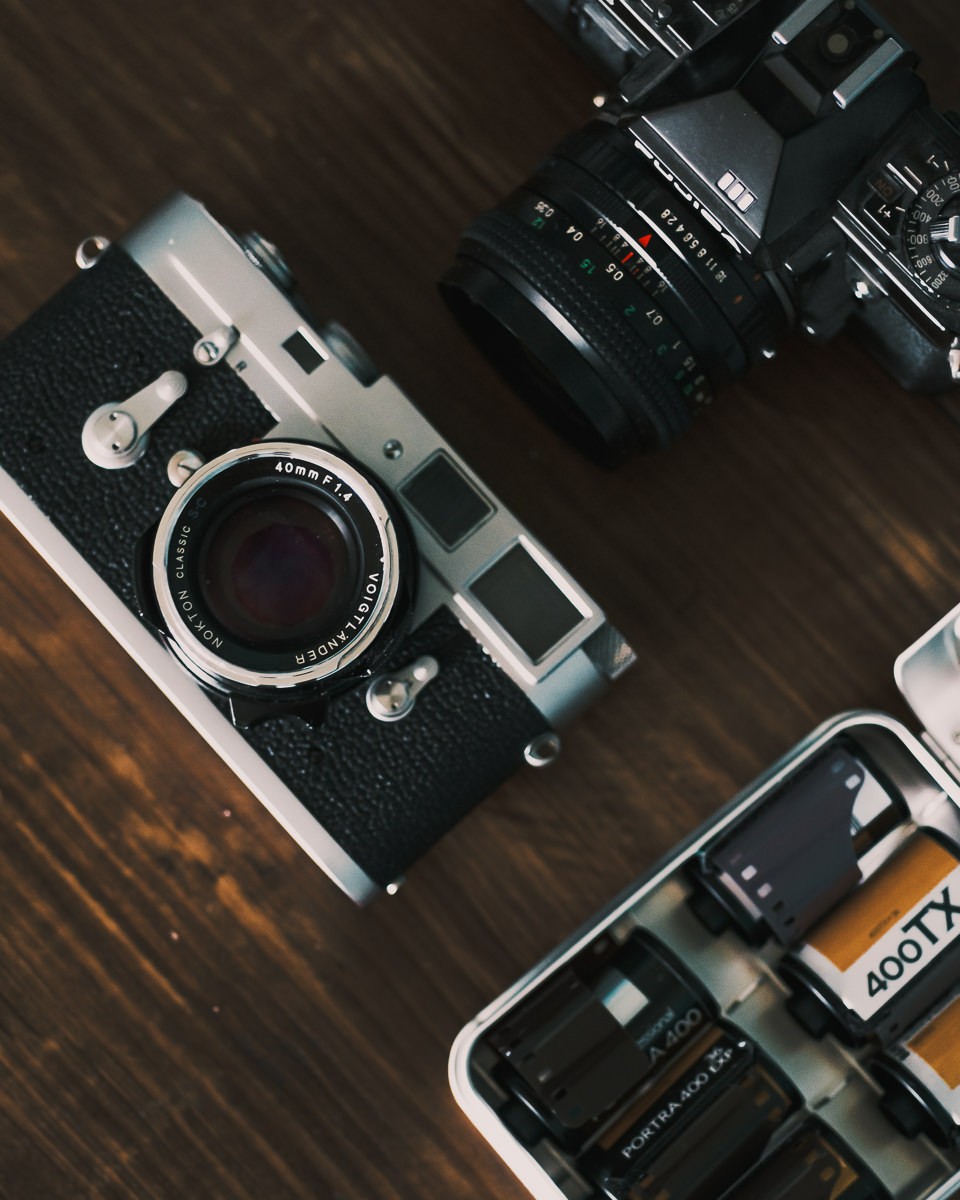
Fujifilm XF Lenses
Fujifilm XF 35mm f/1.4: When I did my research and looked at photos taken by other Fujifilm shooters, this was the lens that everyone talked about as if they were writing a love letter. On a full frame sensor, this would be the equivalent of a 50mm f/2.0 lens.
The rendering of color and contrast is just so beautiful. The autofocus isn’t the fastest in the world, but it works just as well as any of the flagship lenses I’ve used when I started shooting in college. If I had to permanently keep one lens on this camera, it would be the 35mm f/1.4. I shoot everything from food to portraits to landscapes with this lens.
Fujifilm XF 10-24mm f/4 OIS: This is my bread and butter lens when it comes to landscapes. It gives me a full frame equivalent of 15-36mm f/5.6. The smaller aperture doesn’t bother me because I usually stop down for landscapes anyway. The wide angle 15mm allows me to capture those large sweeping landscapes. Compared to the size of my Sony 16-35mm f/2.8, this thing feels like another prime lens. It gets me everything I’ve ever shot on the Sony, but is lighter and more compact.
Fujifilm XF 55-200mm f/3.5 – 4.8 OIS: This is a treat of a lens for me, mainly because I had previously given up on taking heavy telephotos lenses when I was shooting with Sony. They were all too big and bulky. There were many times I wished I had a 300mm equivalent to zoom in on some mountains or to compress some layers in a landscape, but just accepted that I wasn’t going to get those shots. Not anymore. This thing comes in under 5” and just over around 1.25 lbs. That’s nothing for a high quality long telephoto lens.
Rokinon/Samyang Cine Lenses For Fuji
The first lens I actually bought when I committed to Fujifilm was the Rokinon 35mm t/1.3 Cine lens. This is the equivalent of a 50mm f/1.8 on a full frame sensor and my main video lens. It’s tiny for a cine lens – almost too tiny. I love it for the way the soft flares and beautiful rendering of the background.
I also have the 21mm t/1.5 cine lens. This is equivalent to a 35mm f/2.0 lens. I used to shoot with the 35mm t/1.5 version for Sony, so I needed to this for when I want something just a bit wider than the 35mm t/1.3. For a documentary type shoot, this would be the lens that sits on the body 75% of the time.
With the cine lineup, you get a few main features
- De-clicked Aperture ring: This means you can smoothly and silently change aperture settings, which is a very useful feature when shooting video.
- Focus Gear Ring: When I want to use a follow-focus, the built in gear is one less thing I need to worry. It’s a standard 32 pitch focus gear
- Consistent Color Matching: All the lenses are coated to provide a more consistent color match. This saves me some time grading the colors in post-production when I’m shooting everything with the cine lenses.
- Dumb Side Markings: Scale markings on both sides of the lenses for ease of use in a production setting. I don’t really care for this since I’m mostly a one-man shooter.
Adapted Voigtlander/Nikon Lenses For Fuji
Voigtlander 50mm f/1.5: This is one of my favorite portrait lens adapted for Fujifilm. There’s a vintage rendering to the background here while the subject is completely sharp.
When I mentioned character on the Fujifilm XF 35mm f/1.4, the same applies to this Voigtlander lens. Bokeh is a little on the busy side, but in a way that I really love.
Nikon Micro-Nikkor 60mm f/2.8: I adapt this old Nikon lens because it’s a cheaper option to get beautiful macro shots. It’s the only Nikon lens I still keep around to adapt to use on my Fujifilmcameras. One of the drawbacks on using this on a full frame sensor was that I had to get so close to the object that sometimes I casted a shadow. With the FujifilmX-T4 sensor, it becomes a 90mm equivalent, so I don’t have that shadow problem anymore.
Voigtlander 75mm f/2.5 SL: This was a Nikon mount lens that I’ve also adapted because it gives me a 112mm equivalent, so it’s another great option for portrait photography. It has such a classic rendering that I’m drawn to this when I want to compress a background a bit more on portraits.
Drone
DJI Mavic Pro 2: The Mavic Pro 2 has a 1” Hasselblad sensor and produces impressive image quality. There are newer versions, but I’m still happy with this one for my larger drone.
DJI Mini 3 Pro: Drones keep getting smaller and better and I finally jumped on the bandwagon. While not as high quality or as stable as my Mavic Pro, the 249g weight and small profile means I can carry a drone with me more easily. Nowadays, I take this drone with the RC Smart Controller and I’m more than happy with the quality.
Underwater Camera
Sony RX100IV + Nauticam Underwater Housing: You might be wondering why I shoot with a nearly 10 year old camera with a 1” sensor instead of my higher quality Fujifilm camera. Mainly, it’s size and weight. My whole underwater rig is about the same size as my Fujifilm X-H2. Traveling with a much larger and much heavier housing for the X-H2 is not practical when I’m on the road for months at a time.
Image quality and ease of use is very important too I want to enjoy my dives as much as capturing images underwater. The RX100IV still delivers on both fronts.
Cinema Rig
SmallRig Fujifilm Cage: I use a cage to protect my camera and also add more video-centric accessories. SmallRig makes very high quality and super affordable rigs. They are constantly updating their designs based on user input too, so don’t be surprised to find new cages popping up all the time for the same bodies. Over time, they’ve got it down so now, most rigs come out with every possible feature you could need.
For $80, I have a unibody full cage that has an Arca Swiss base so you can just slide the thing right onto most Arca Swiss tripods. It has Arri locating 3/8” threads, 1/4” threads, normal 3/8” treads, holes for straps, additional cold shoe holder and a built in nato rail for easy attachment of handles and clamps. It’s insane. It’s built to the perfect specs so that buttons and dials aren’t blocked, screen angles aren’t restricted, and they’ve even included a magnetically attached screwdriver, so you can easily tighten the screws on the cage. Super well thought out.
SmallRig Mini Top Handle: This is part of my super compact cinema rig for video production shoots. It’s shorter than most handles and lower to the camera. It also has a Arri locating connection on the front for me to mount an external monitor.
SmallRig 15mm Rod Clamp: This is a small piece that I add to the side of my cage to allow me to attach my follow focus. When I want my cinema rig to be as compact as possible, this allows me to mount the follow focus without having to add a baseplate.
Tilta Mini Follow Focus: For $99, this is one of the most affordable follow-focus out there. It’s super compact as well and has an articulating arm to change the angles of the focus wheel. For my cinema rig, I mount this upside down, which ends up getting me way more stability when focusing and serves as another handle/point of contact.
Atomos Ninja V External Recorder: I love this small compact monitor for video production and more so because it’s also higher quality external recording when I need the highest possible footage quality.
Audio
Rode Videomic Pro Plus: One of the best value shotgun mics to add to your rig. The Pro Plus version has one feature that is indispensable for me: auto on/off. It’s so nice that the shotgun mic will turn on and off with my camera so that I never accidentally forget to turn it on when I need it or leave it on when I don’t and drain the battery. With the right settings on your camera and mic, you can get really clean sound with this thing.
Deadcat: This goes around the mic and adds a level of wind protection. It also looks really fluffy and is nice to touch.
Rode Wireless Lavalier Kit: This is a very affordable and portable wireless lavalier kit. Attach the receiver to your camera and attach the lavalier mic to the transmitter and you can record lavalier audio directly to the camera without long wires.
Zoom F2 BT Recorder: A gem. For my documentary project where I have to handle audio myself, having 32-bit float audio files means I don’t have to monitor for levels and clipping. It’s like having the RAW equivalent of audio where I can adjust the volume in post without any noise when bumping up the gain.
Zoom H1N Recorder: I use this to record ambient sound effects for my videos. It’s also a good way to record a second source of audio for interviews just in case my main source is funky.
Tripods
MeFoto BackPacker Air Tripod: This is my smallest tripod that I feel good about using. It’s not the best or the sturdiest, but it’s more than good enough and the tiny form factor means I’d consider bringing this along and have a tripod rather than no tripod because I didn’t want to deal with the extra weight. It might be discontinued now, but if you can get your hands on one for cheap, I’d consider it.
Manfrotto 055 Aluminum Tripod: This is the oldest tripod I own. It’s a solid full featured tripod with an option to get the head horizontal. There’s a carbon fiber version that is lighter, but also more expensive. I’d love to have this tripod when I travel, but I will never take it with me for my trips. This is for assignments only. I own a tried and true classic ball head for photos and heavy duty fluid head for videos. If you are using this regularly for jobs, I would consider investing in the carbon fiber version because it’s lighter and even sturdier.
Neewer Video Tripod: This is my secondary tripod. It’s specifically built for video, which is the only time when I will need multiple tripods. Video are generally a little larger and heavier with a mid-level spread to keep everything level and solid. I chose this one because it hits the sweet spot of not being too clunky, while providing more than enough stability that I can leave this as a B camera I can walk away from for something like interviews. You can both the tripod and the fluid head for about 1/2 the price of my Manfrotto option.
Sliders
Rhino Evo Carbon Fiber Slider: Rhino sent me this amazing carbon fiber motorized slider when it first came out. It’s the best thing I’ve ever used as far as sliders. Compact, easy to setup, and super smooth movements that I can control manually or program in. The system runs for about $2000, so it’s not something most people would invest in, when there are other options for cheaper now.
If I had to buy one for myself now, the Neewer carbon fiber motorized slider comes pretty close for only $250.
This is super handy for interviews and product shoots. If you want to do the sliding manually, there’s a cheaper option with a smooth flywheel from Kamerar for about $170.
External Hard Drives
Sandisk Portable SSD: These are my working drives. It’s a fast SSD drive that’s the size of a stack of credit cards that allows me to edit photos and videos much faster than other portable hard drives. I carry a couple 2TB version with me on the road and it’s more than enough to store and back-up files.
LaCie USB-C External Hard Drive: These are rugged drives that are cheap and can carry a lot of data. I mostly keep them at home nowadays because I prefer to carry the smaller SSD drives with me while traveling.
Glyph BlackBox Pro External Hard Drive: I have two 18TB drives at home as a master library for my photos and videos. So far they are reliable and the large storage allows me to cut down on the number of drives I have to keep around.
Extras
Kodak Instax Mini Link: The coolest piece of gadget I take with me. This little device allows me to print business card size ‘polaroid’ photos while I’m on the road. In places like Cuba and Mongolia, I’ve been able to take photos of people and give them a little memento to keep instead of just showing them their photo on a tiny screen.
SensorKlear Pen: A must buy for every photographer. This thing allows me to quickly clean my sensor without damaging it. It picks up small specks of dust and any other debris or smudge on the top glass of the sensor. Keep this with you at all times.
How You Can Help
If you’ve found the content useful, you can help support this site by using these links when you plan and book your trip.
| Booking.com | Agoda.com |
| Amazon.com | Klook.com |
| Viator.com | GetYourGuide.com |
Updated on June 3, 2024

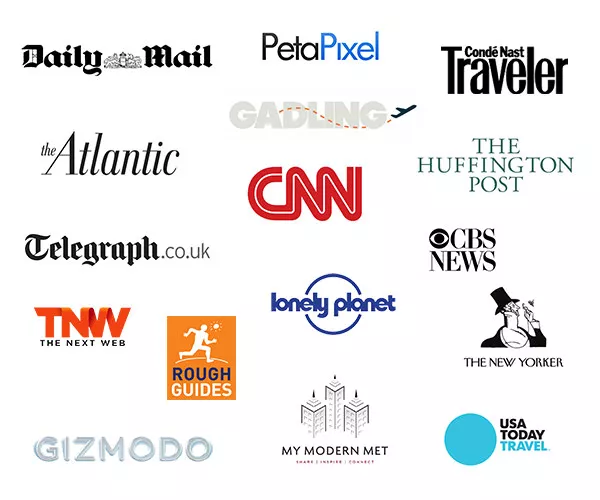
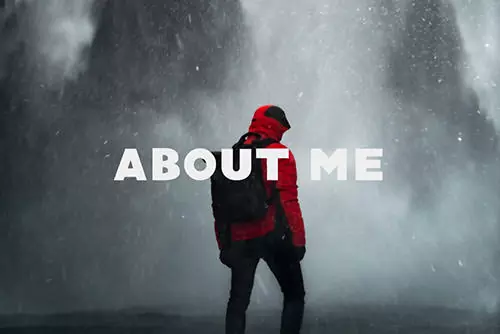
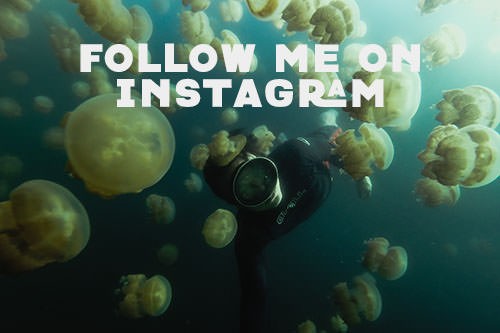
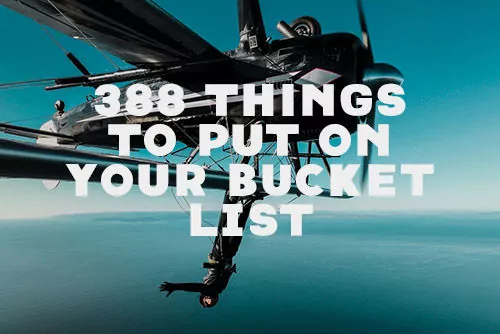
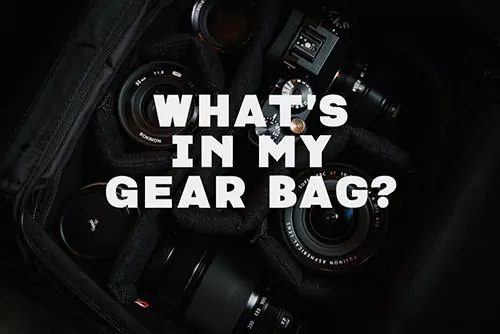
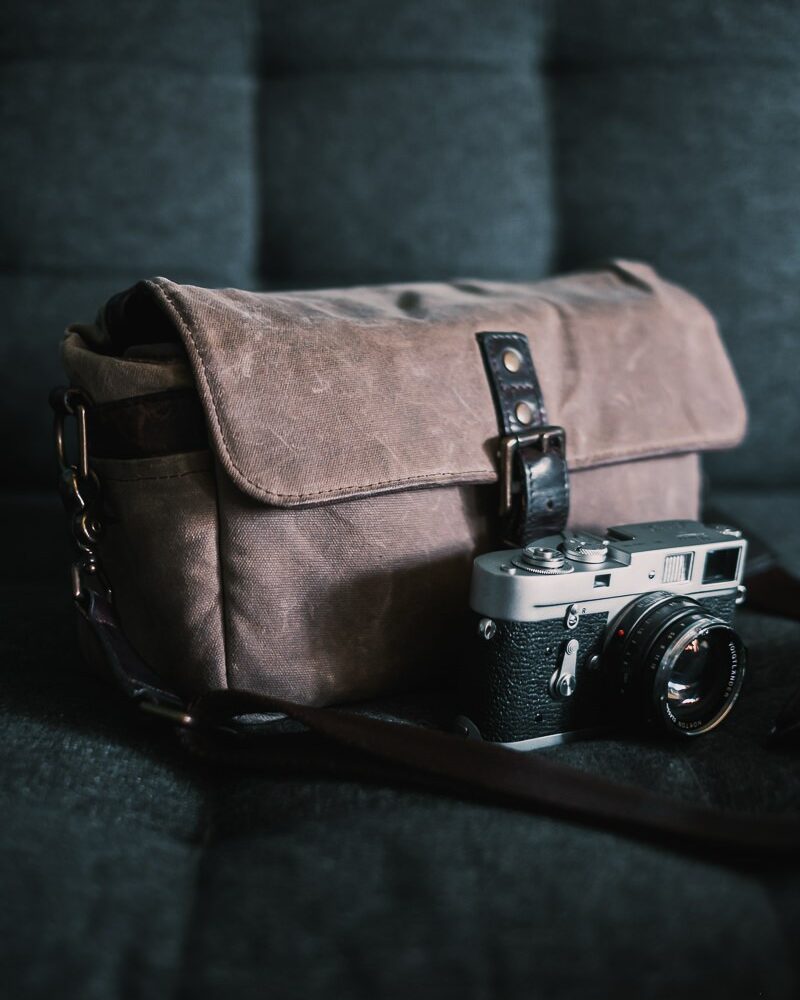
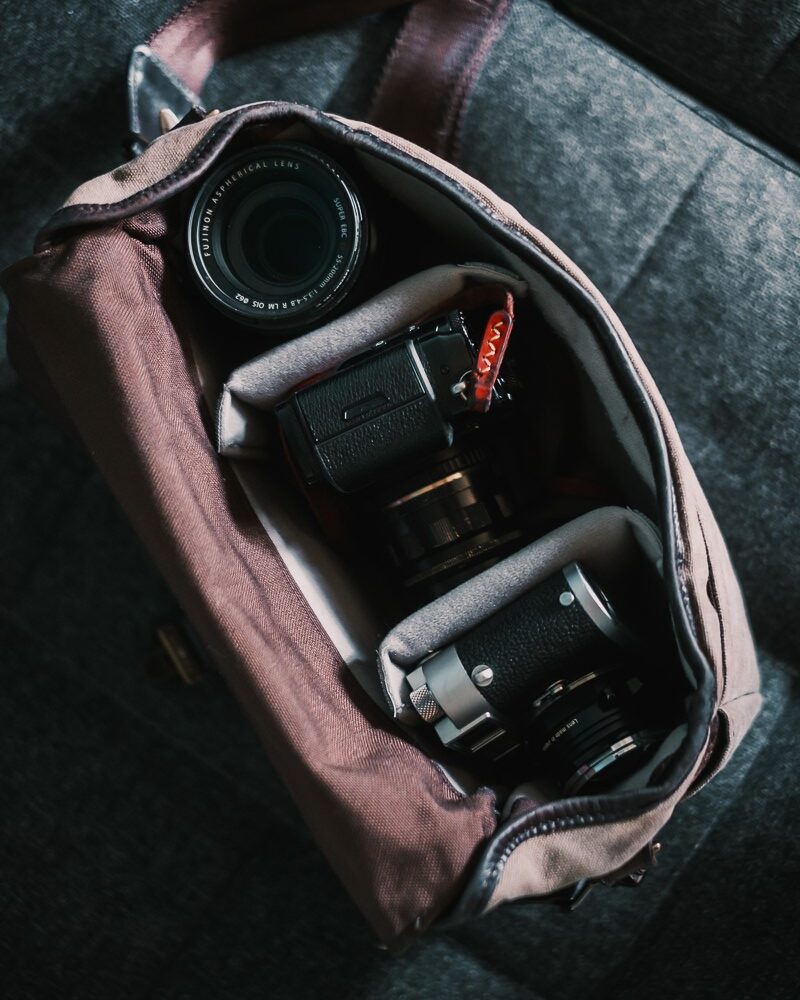
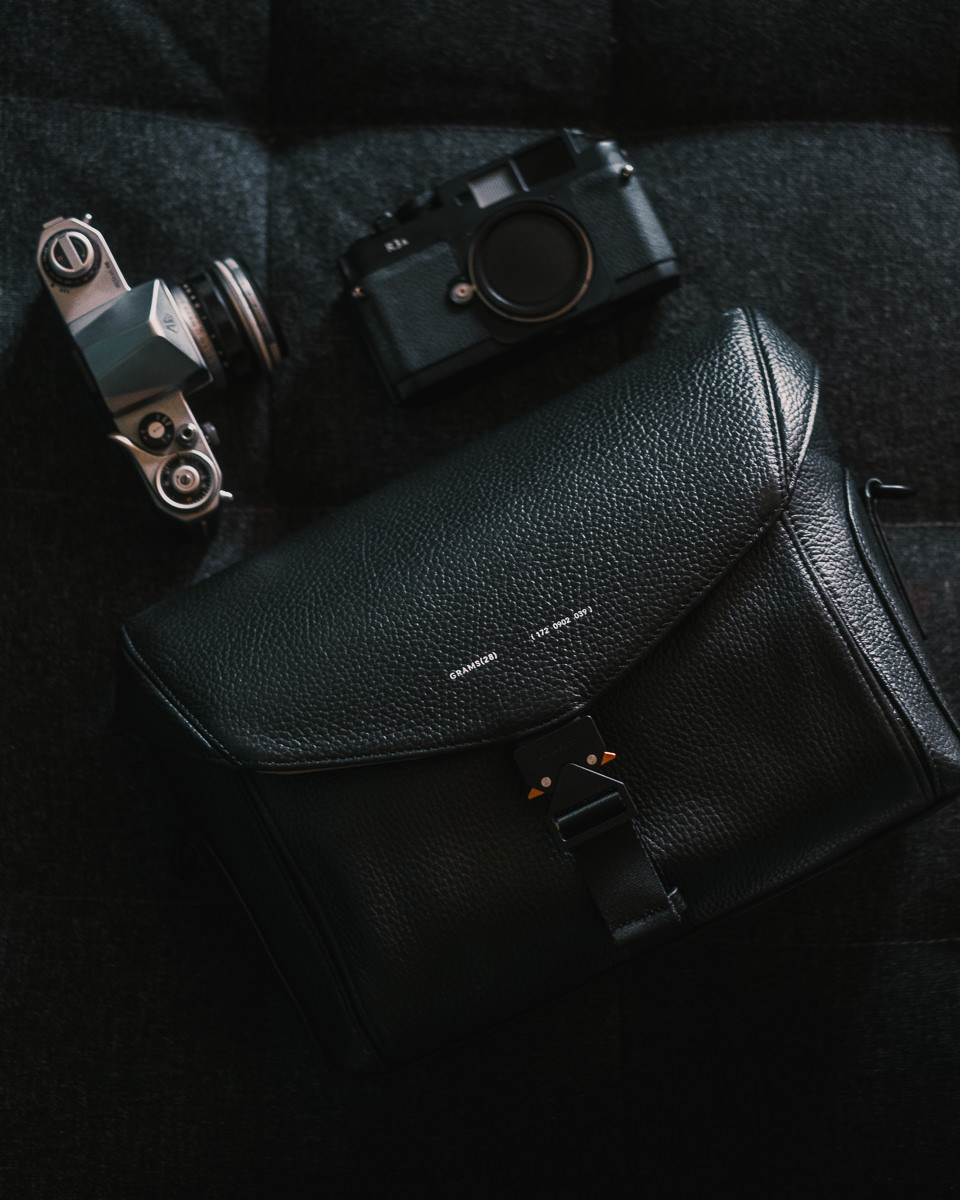
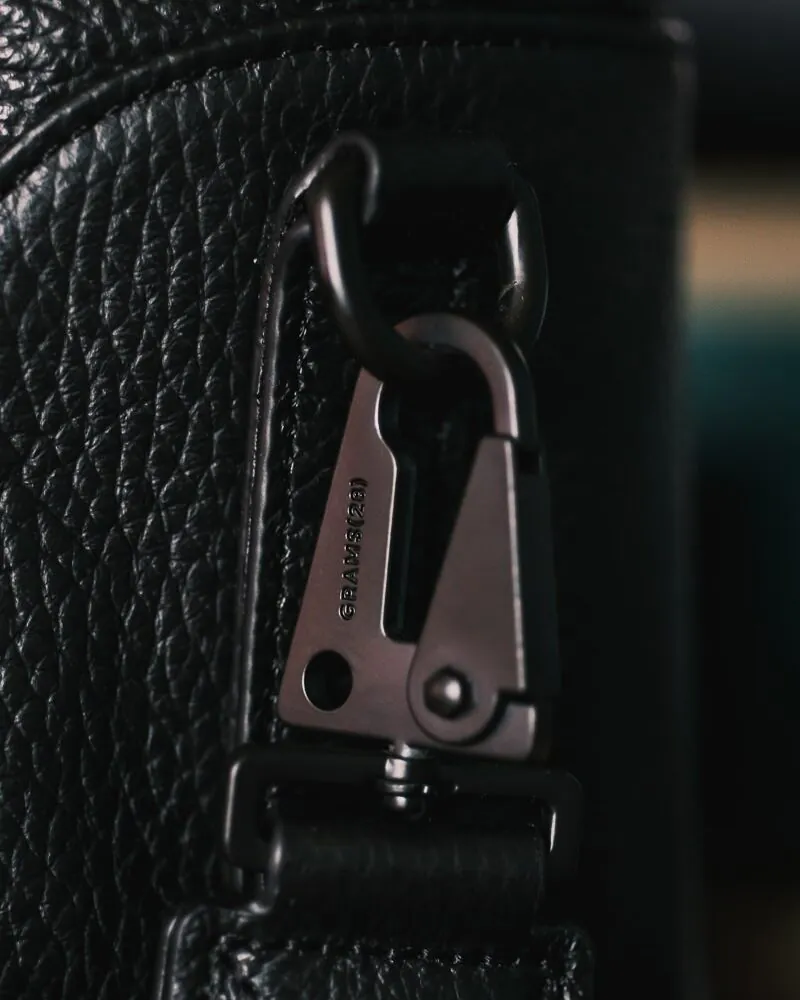
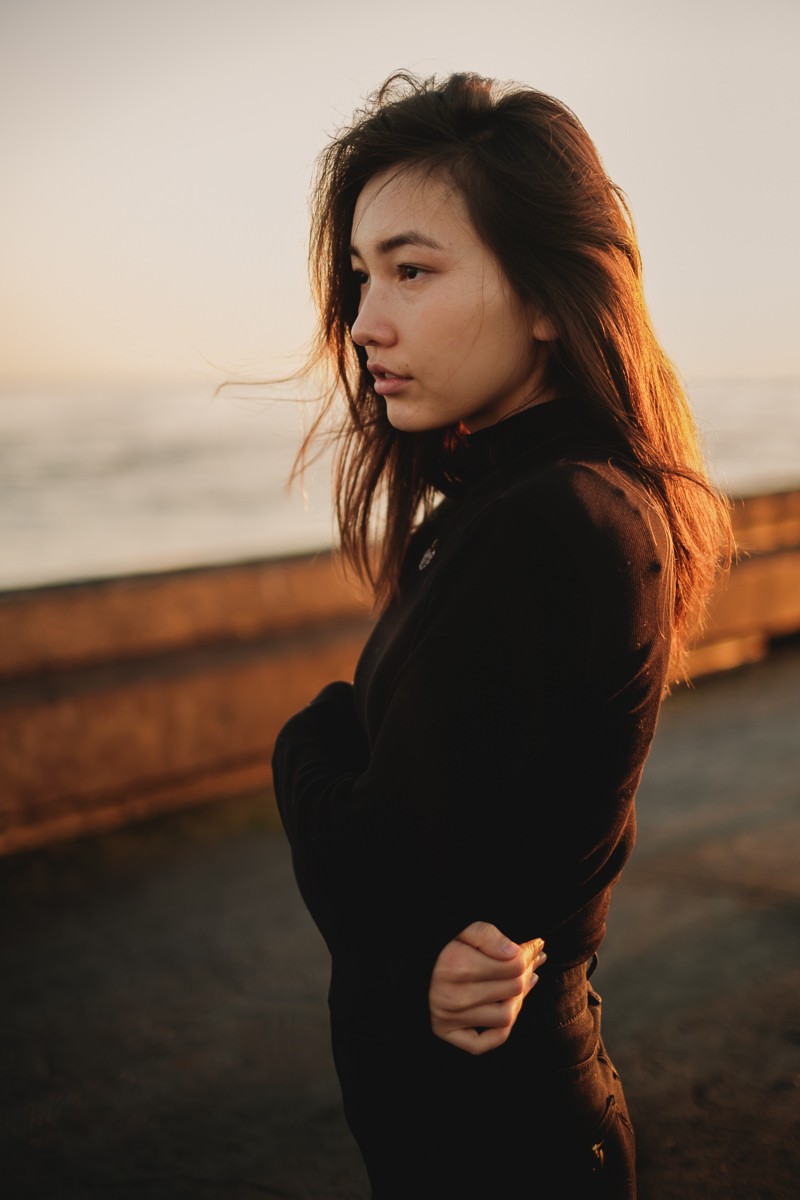
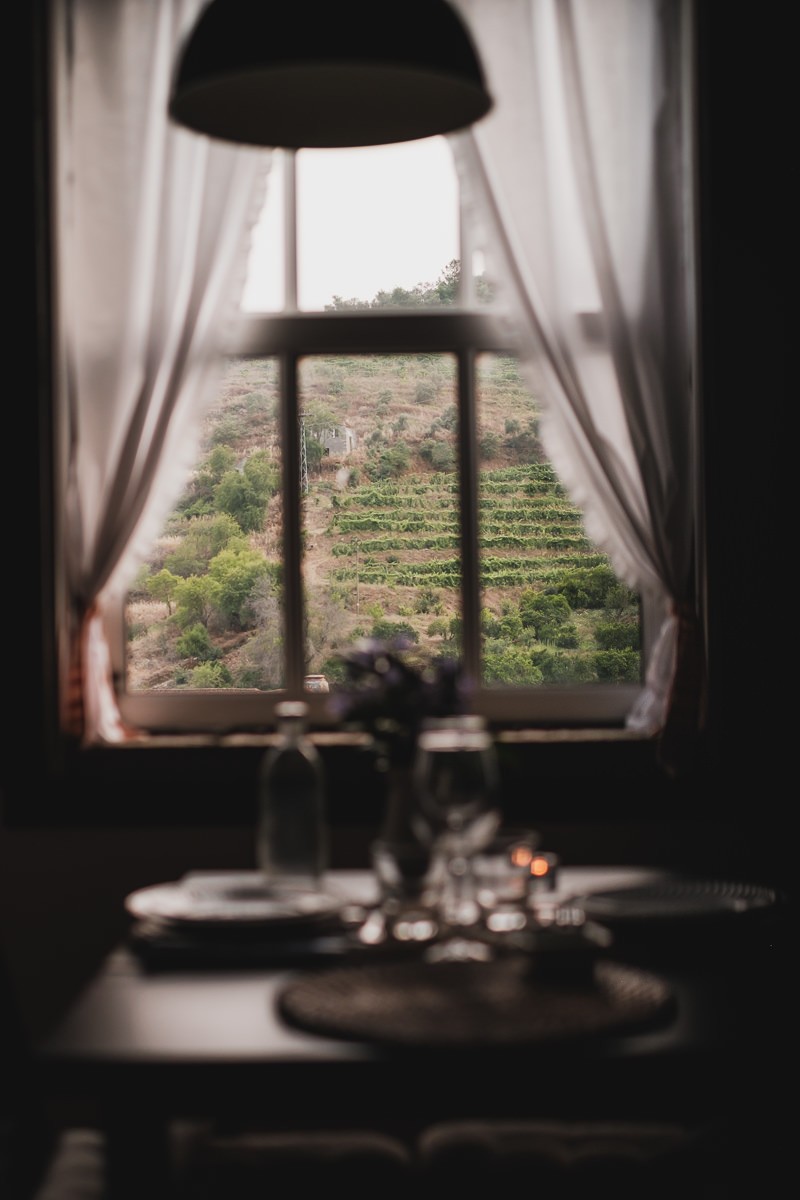
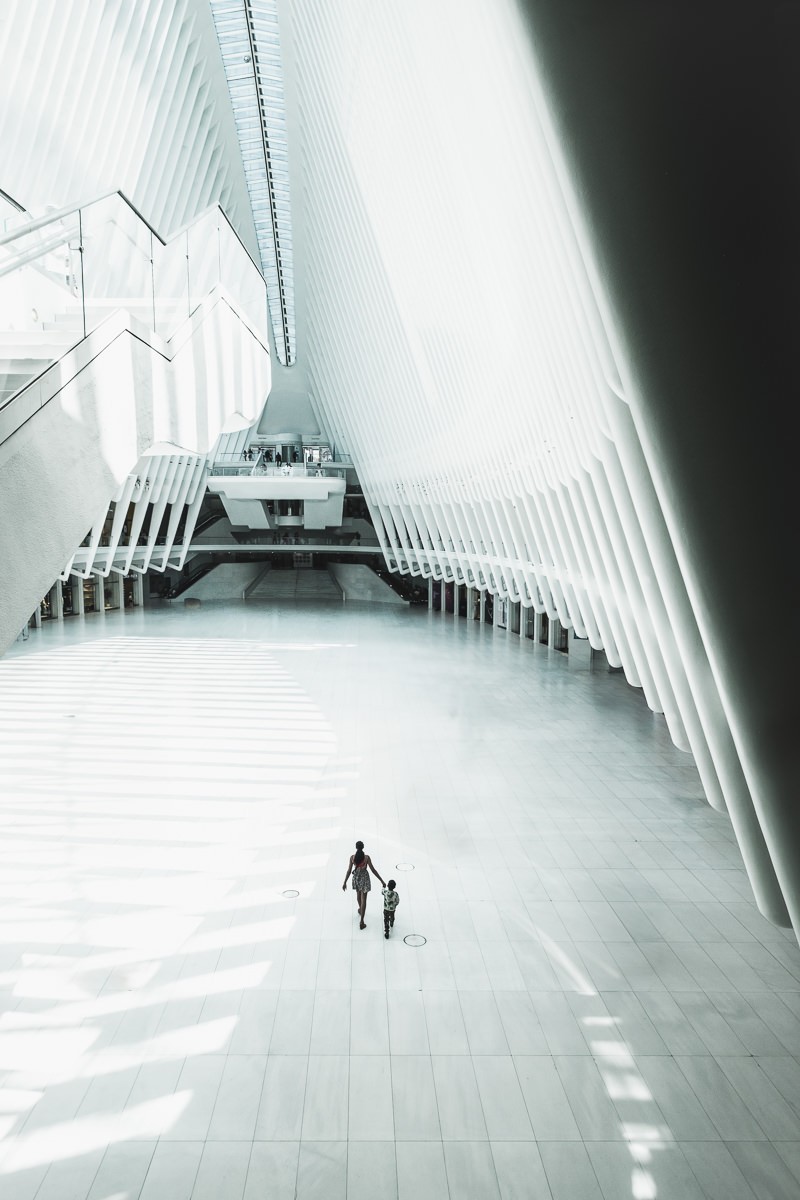
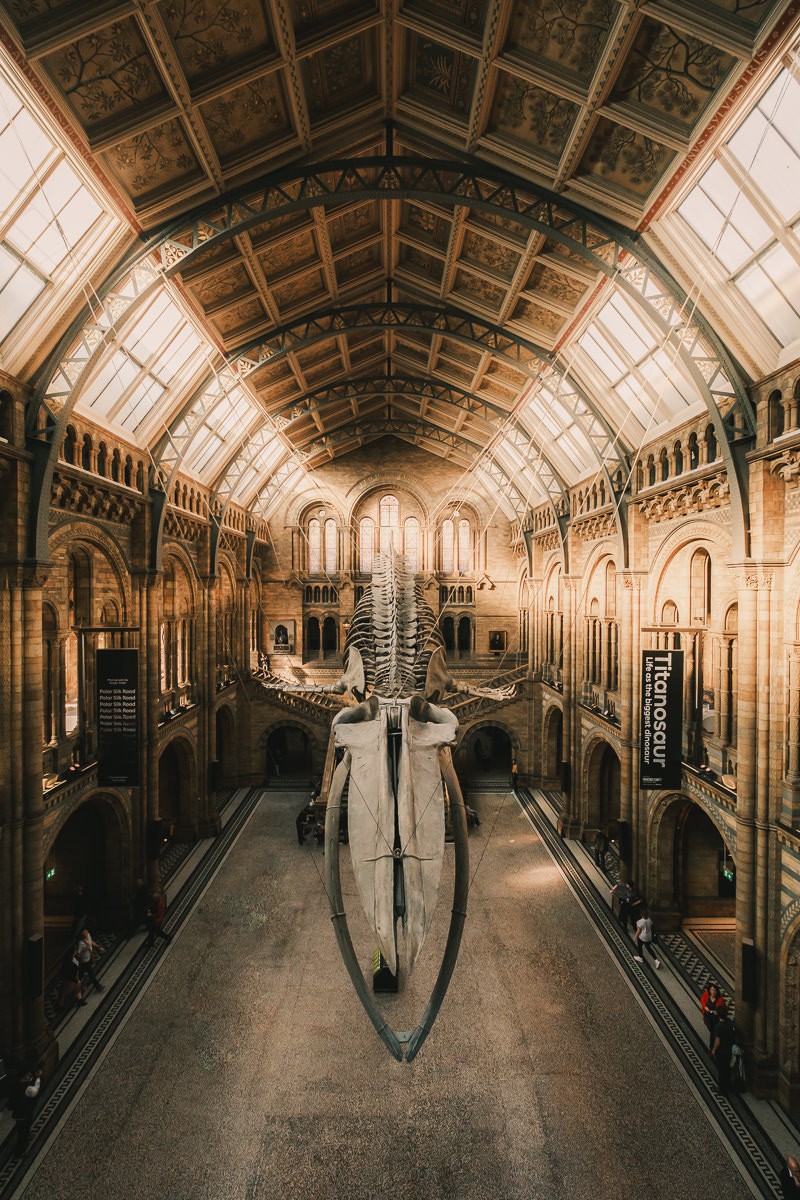
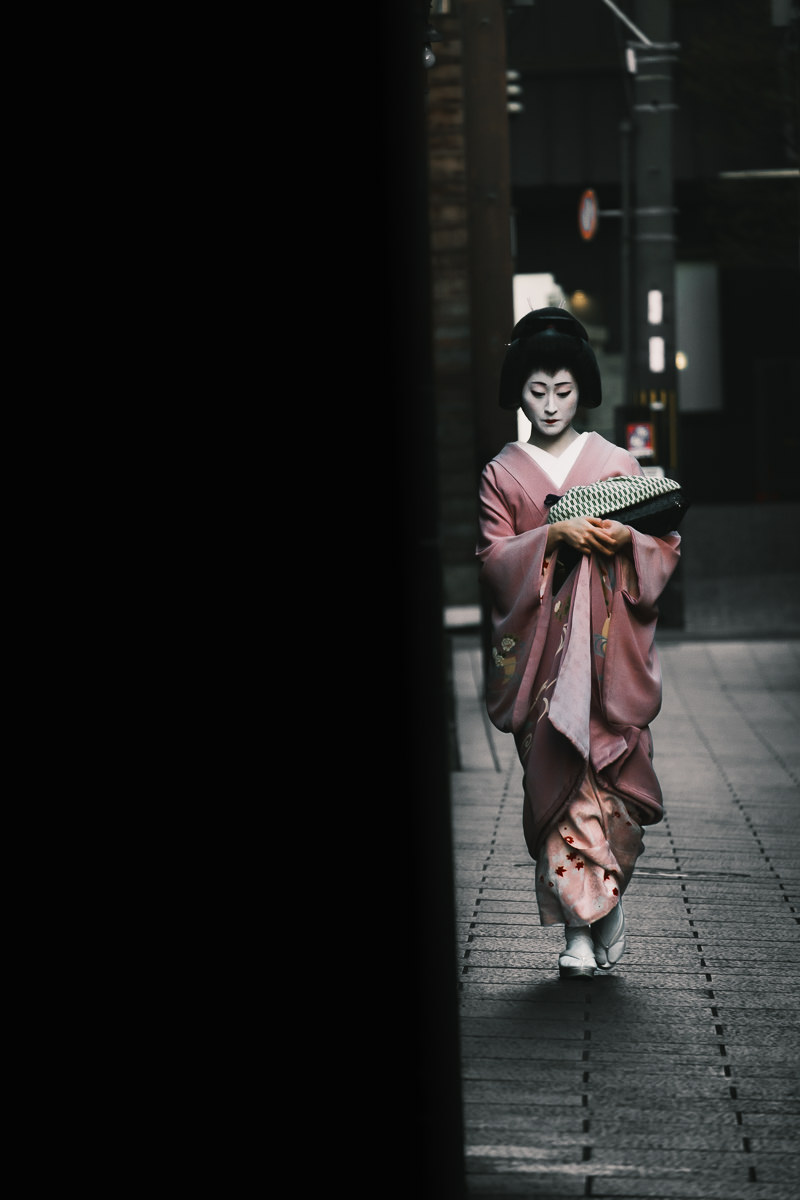
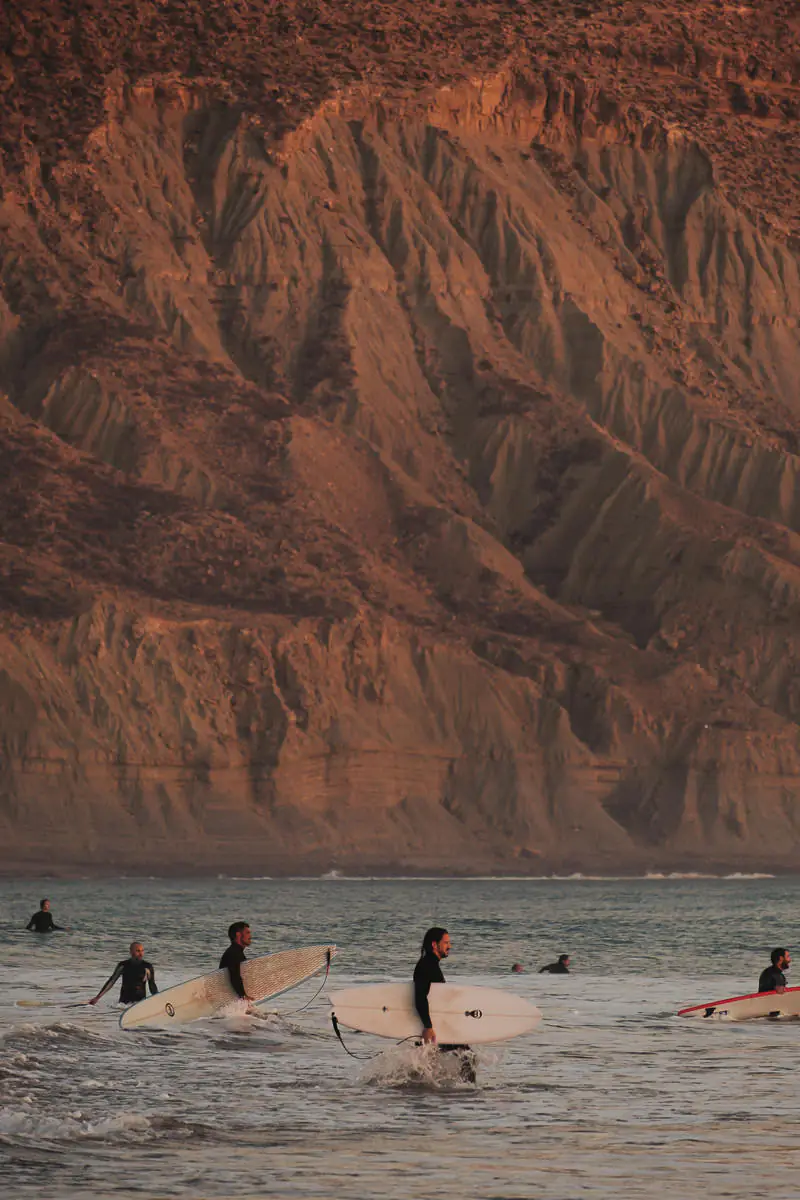
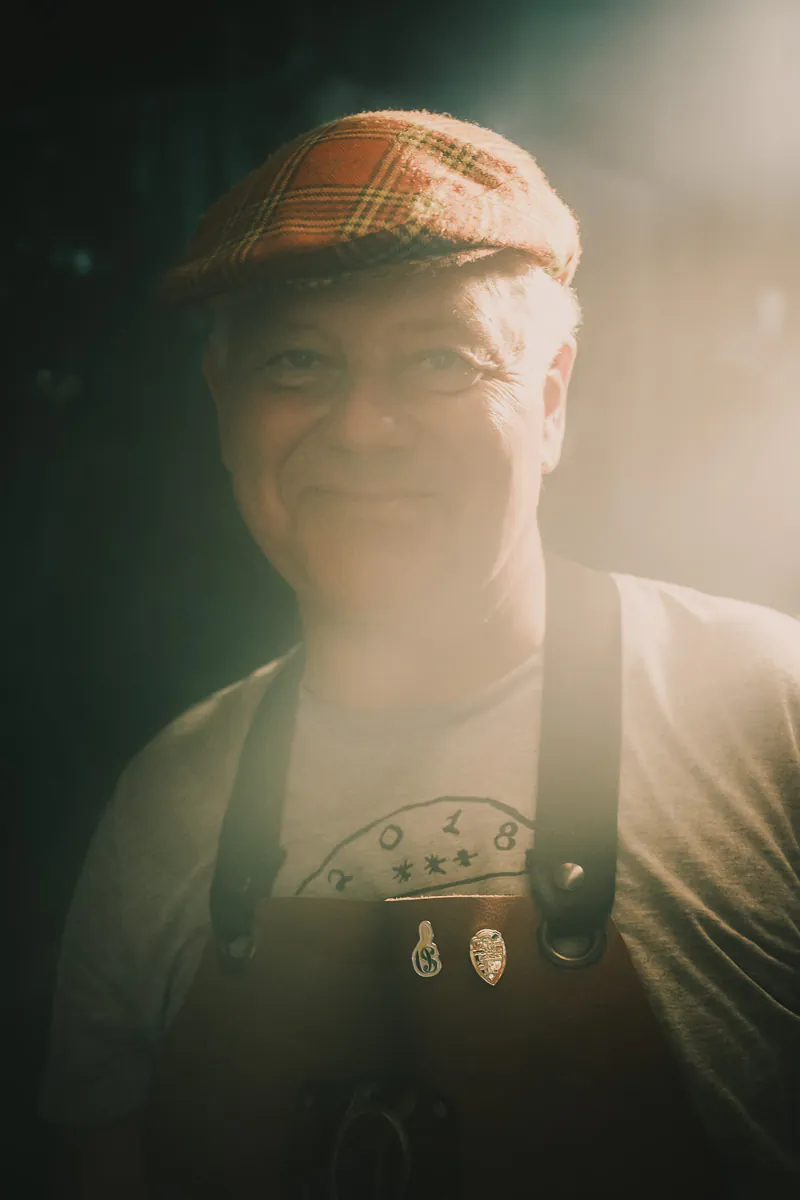
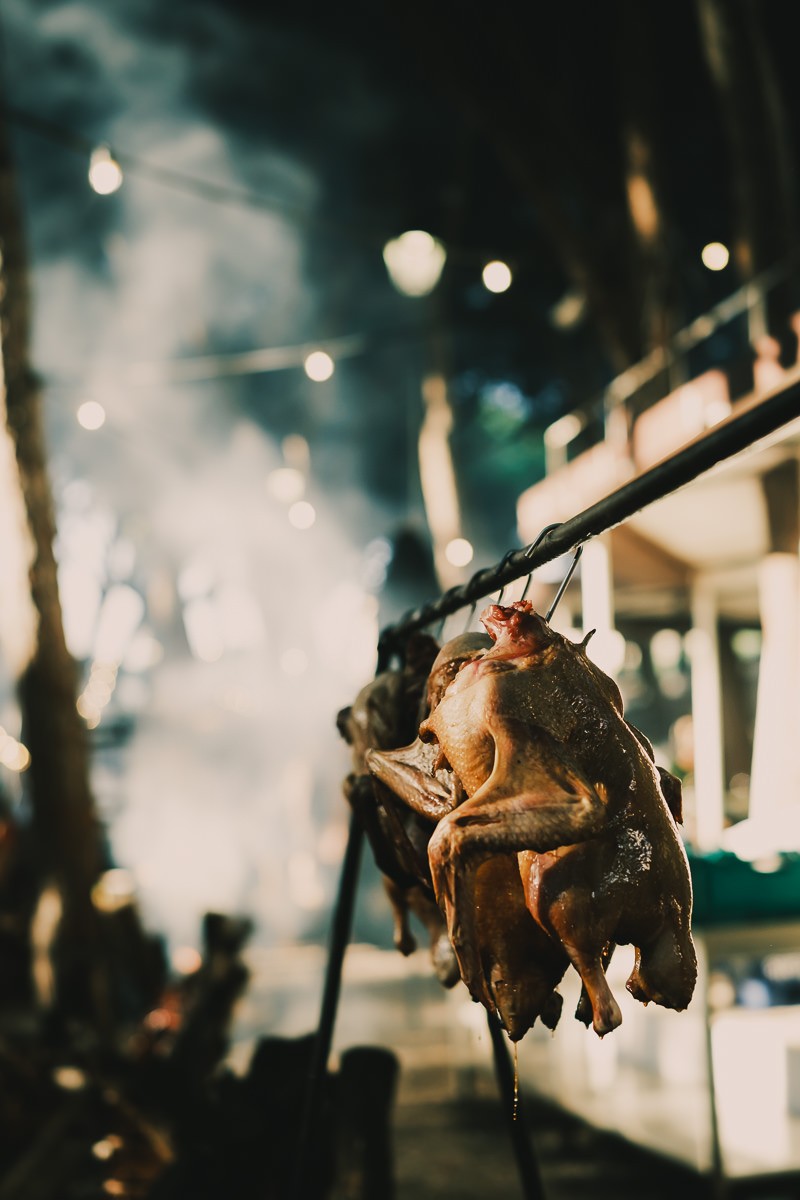
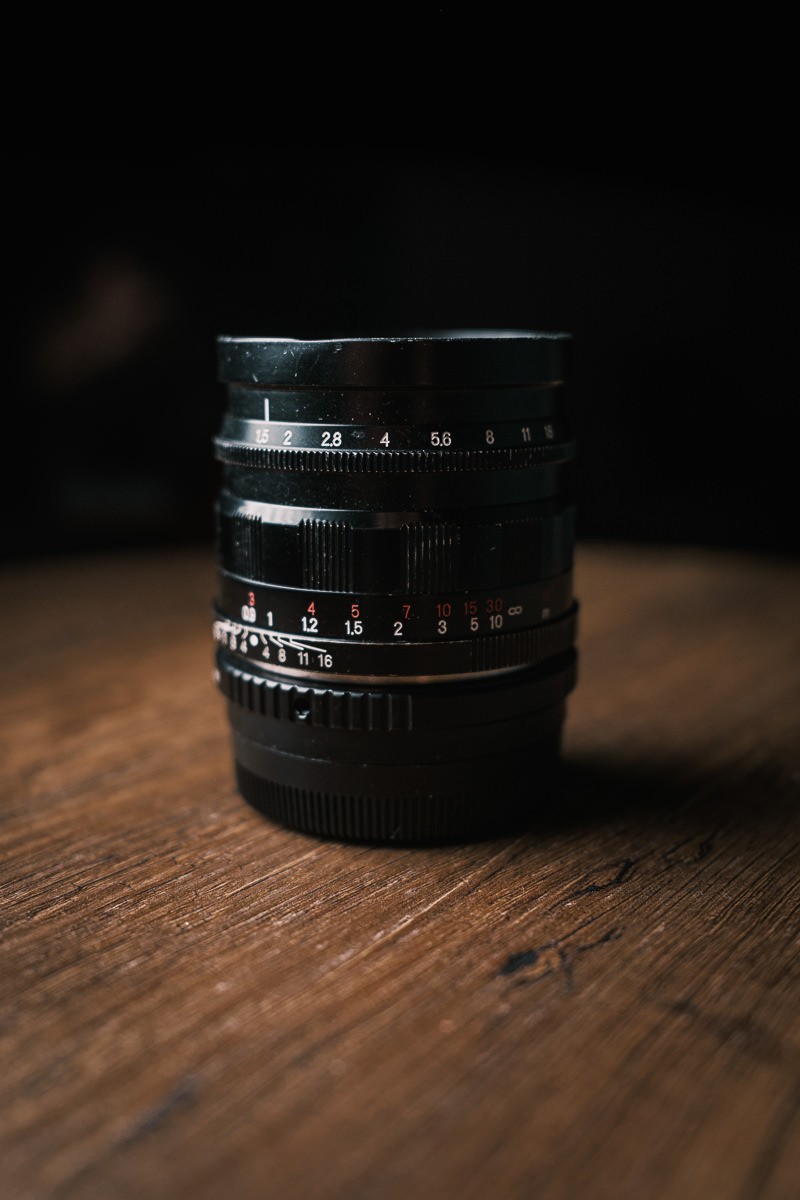
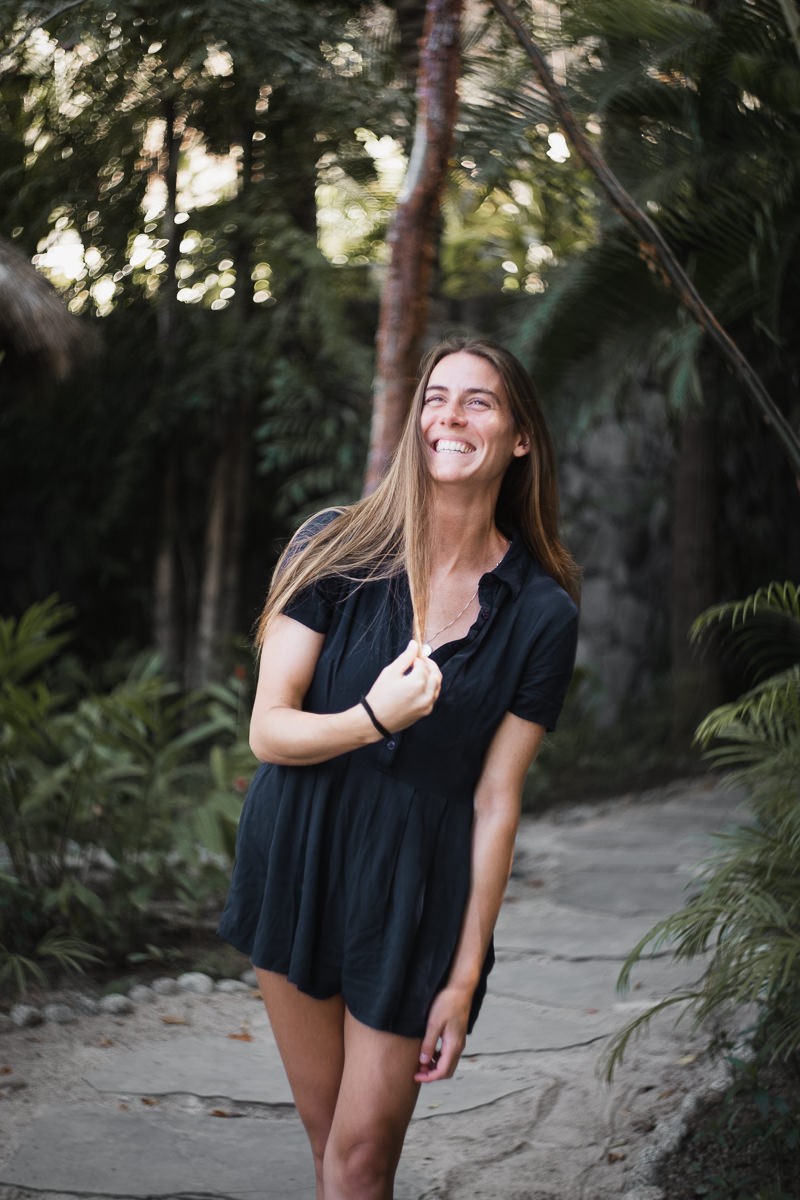
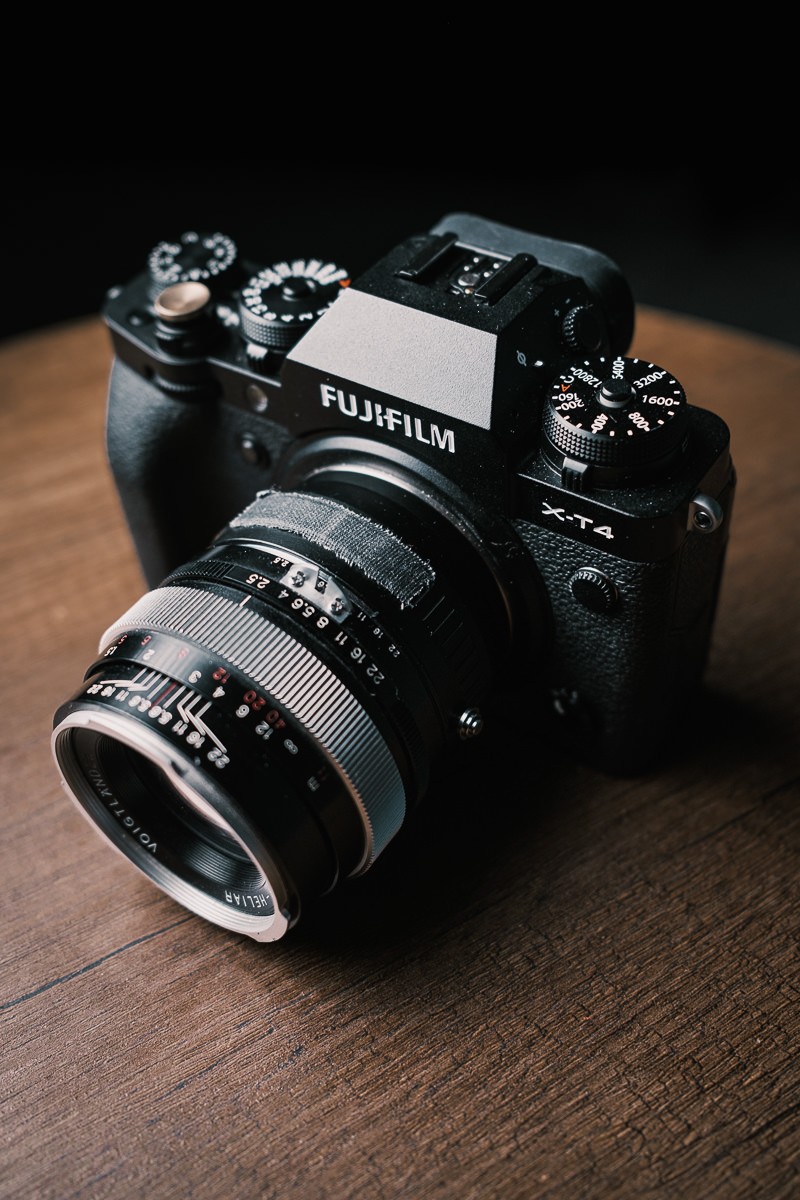
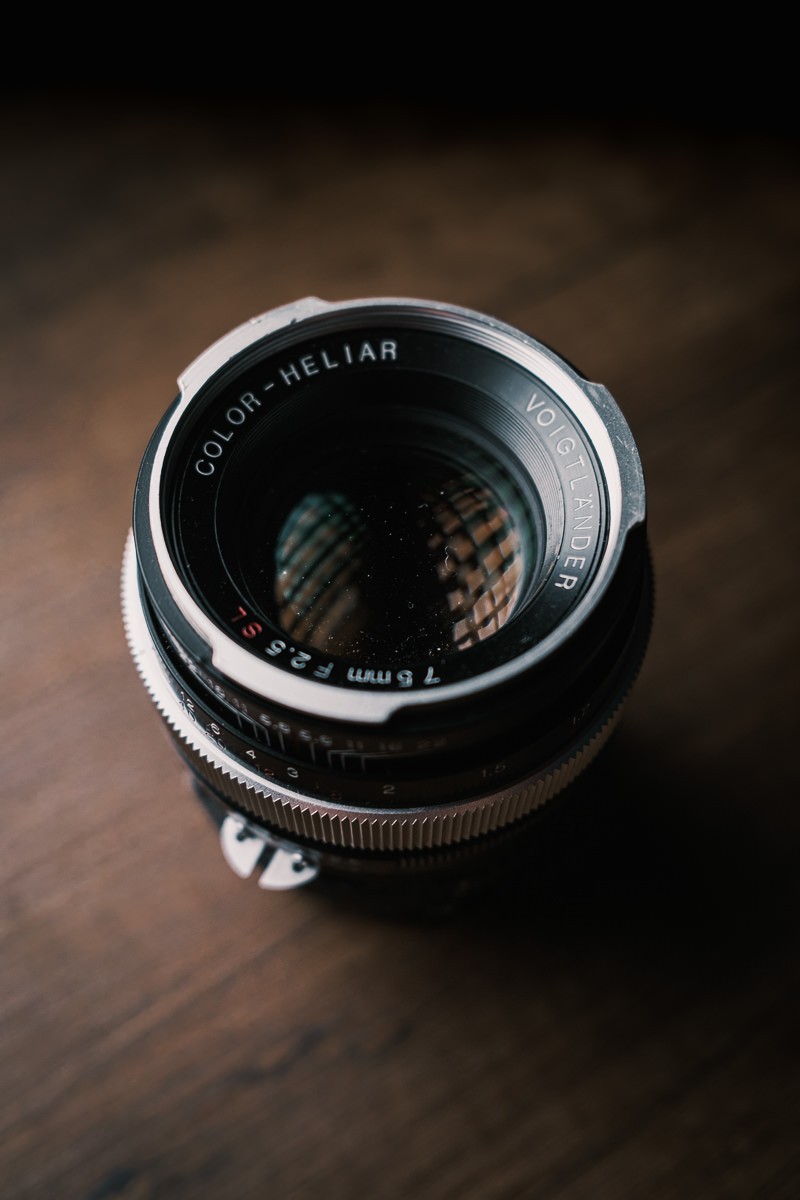
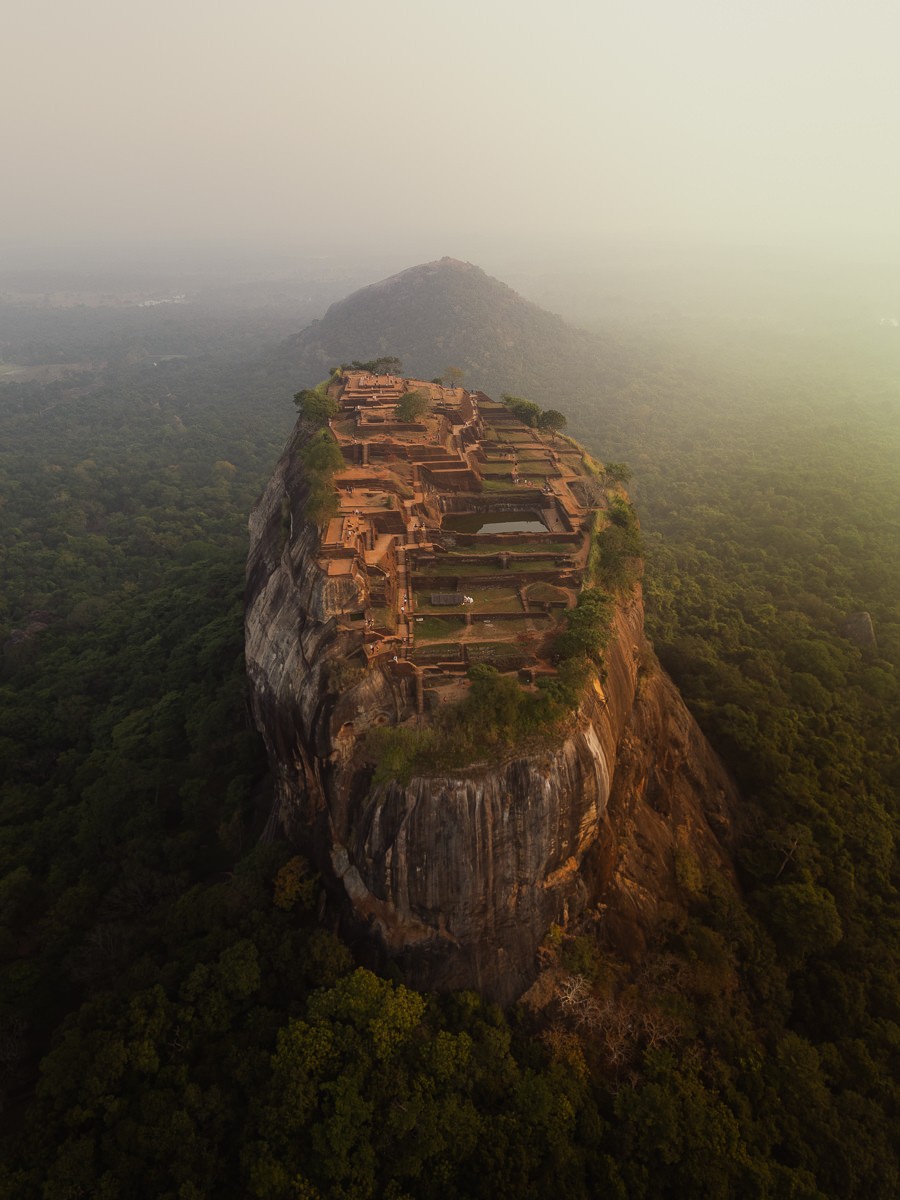



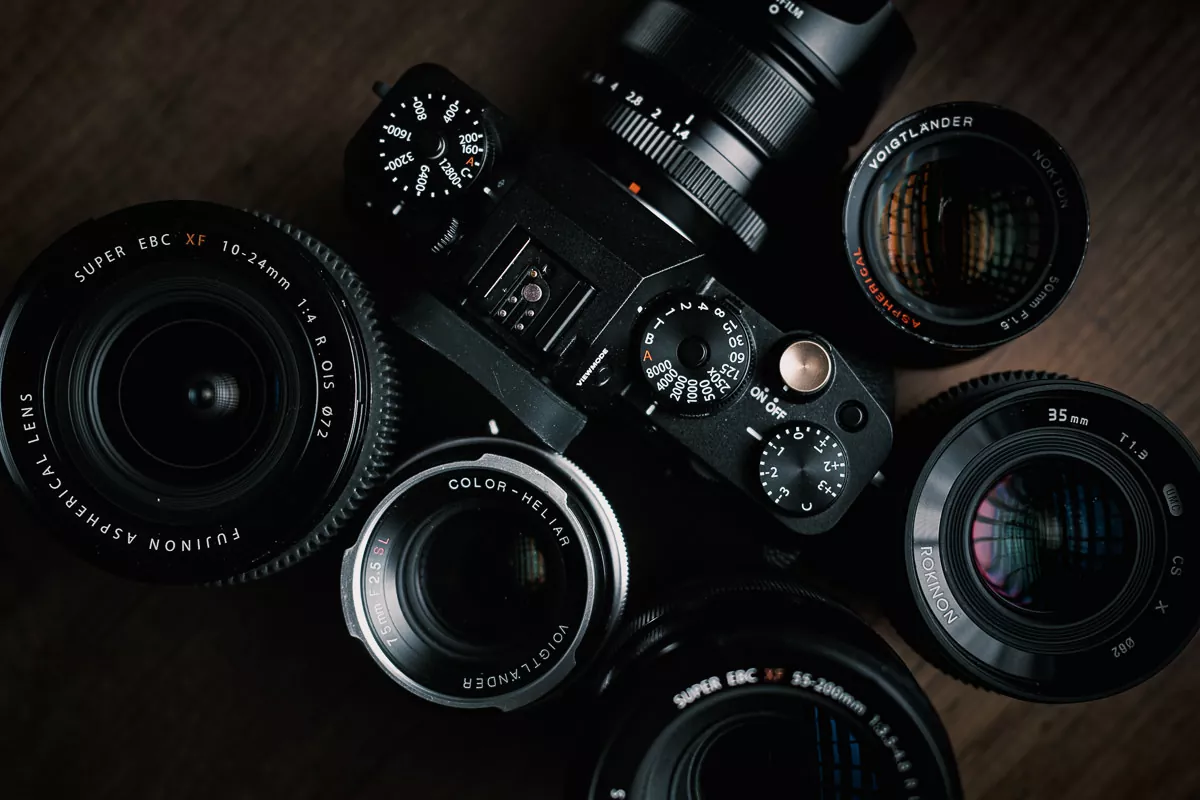
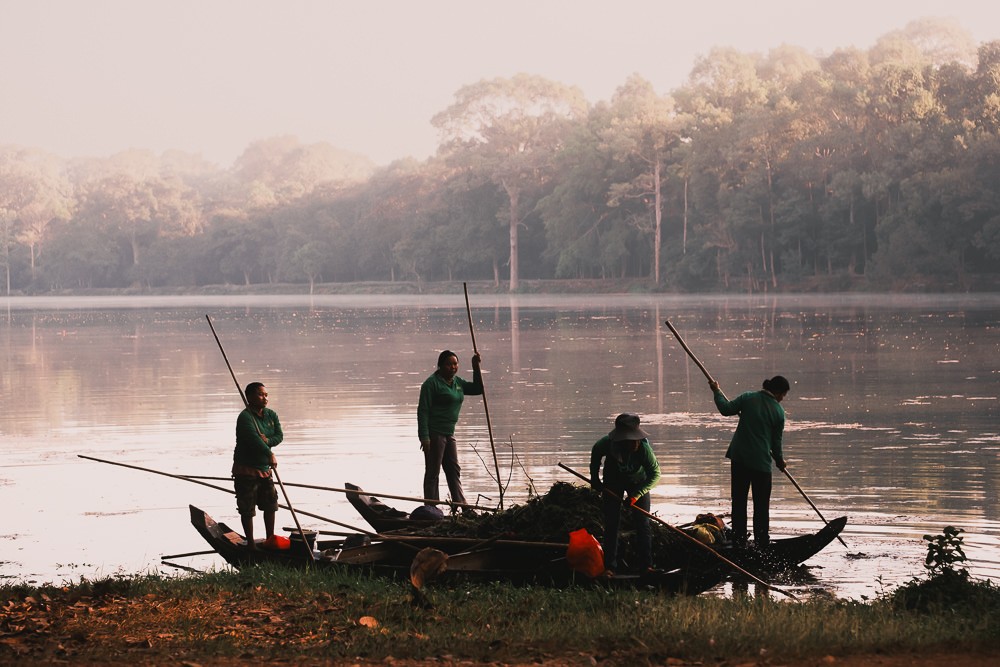
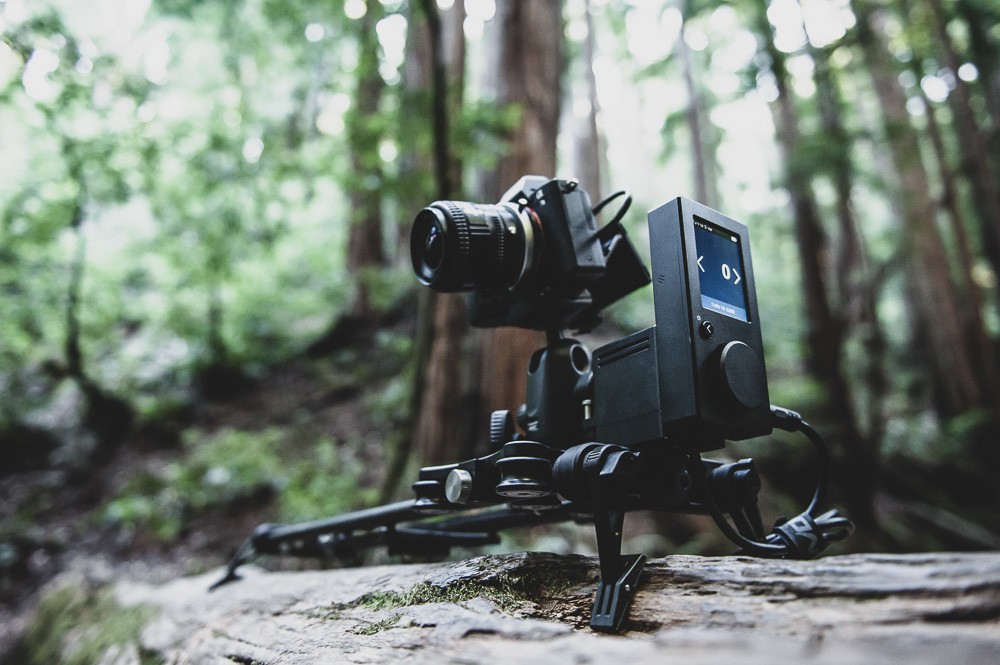
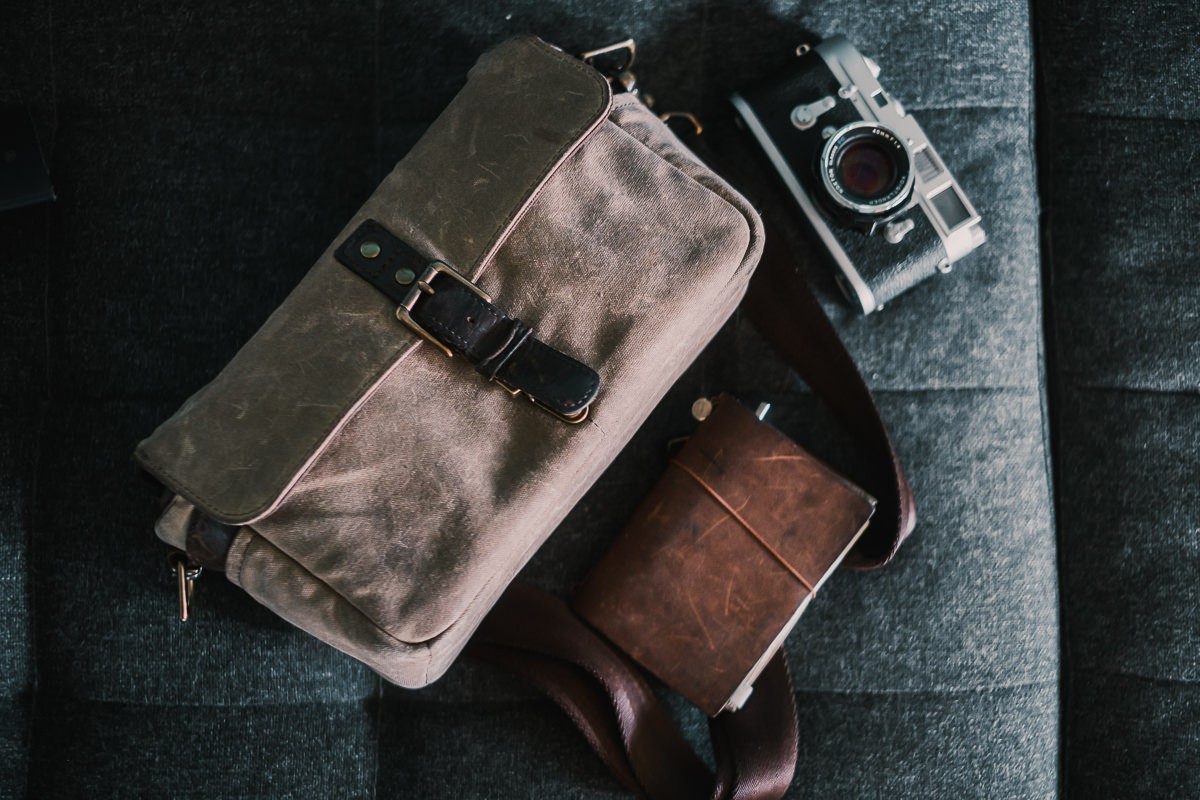

Fantastic photos and even more fantastic story. I have started following you on Instagram. I currently shoot with the OM System OM-1 but I’ve been thinking about switching to Fujifilm. In fact, when I was considering moving from Sony because I hate their menu system I considered a move to Fuji, but a friend talked me into going with OM. I’ve been shooting with the OM-1 for a year now and have a love-hate relationship with it.